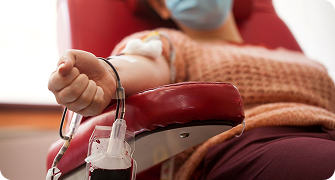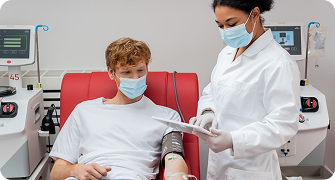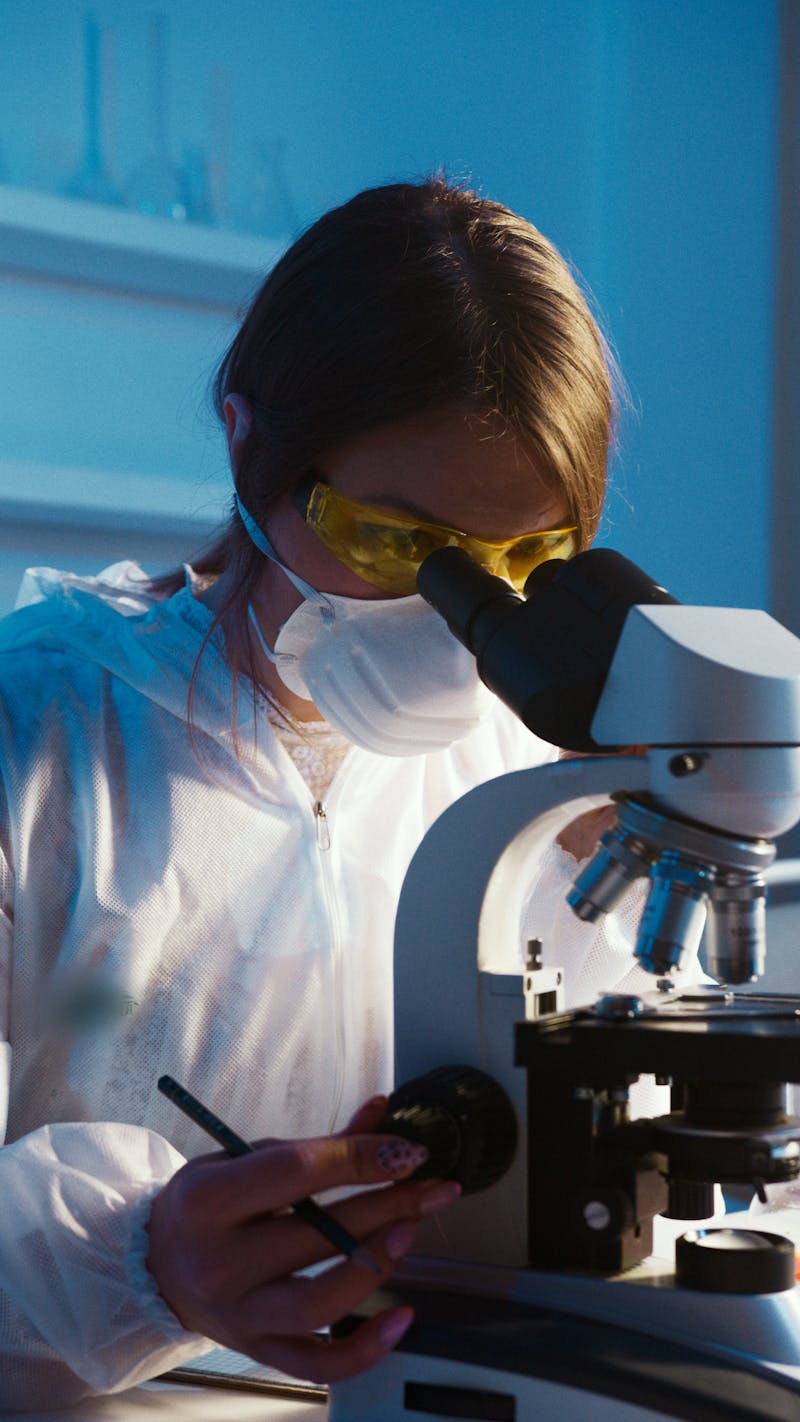Insights & Stories on Blood Donation
Stay informed with the latest articles, updates, and inspiring stories from our blood donation community. Learn how every donation makes a difference and discover ways to contribute.
Stay informed with the latest articles, updates, and inspiring stories from our blood donation community. Learn how every donation makes a difference and discover ways to contribute.

Donating blood is a safe process for healthy adults, but there are specific guidelines for how often you can donate. Whole blood donors can typically donate every 56 days, while platelet donors can donate more frequently. This article explains the science behind donation frequency and how your body replenishes donated blood.

Beyond the obvious benefit of helping others, regular blood donation offers surprising health advantages for donors. These include reducing iron overload, stimulating blood cell production, and providing a free mini-health screening. Studies have even shown that regular donors may have a lower risk of heart attacks and certain cancers.

Our upcoming community blood drive will be held at the City Convention Center on March 15th from 9 AM to 5 PM. We're partnering with local hospitals to address critical shortages. All donors will receive a complimentary health screening, refreshments, and a commemorative t-shirt. Appointments are recommended but walk-ins are welcome.

Many potential donors are deterred by common misconceptions about blood donation. Contrary to popular belief, donation is not painful, doesn't weaken you, and doesn't put you at risk of infection. Modern sterilization techniques make the process extremely safe. We debunk the top 10 myths that prevent people from saving lives through blood donation.

Blood compatibility follows specific biological rules based on antigens and antibodies. Type O-negative is the universal donor, while AB-positive is the universal recipient. This comprehensive guide explains the science behind blood typing, why certain types are always in high demand, and how your specific blood type determines who can receive your donation.

Meet Sarah, a leukemia survivor who required 27 units of blood during her treatment, and James, a car accident victim who needed emergency transfusions. These powerful stories highlight the human impact of blood donation and how anonymous donors become everyday heroes. Their experiences remind us that behind every blood unit statistic is a life saved.